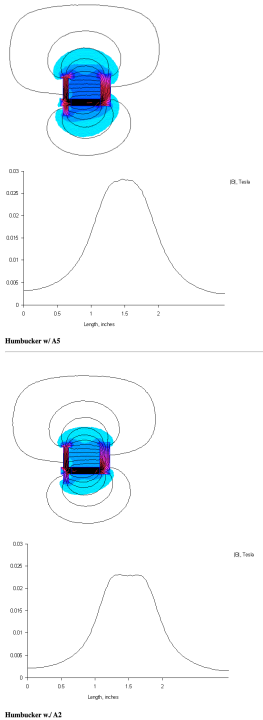sumitagarwal
New member
I know that A8, which I've never tried, are usually considered the closest Alnico equivalent to ceramic, but within the more vintage grades of alnico the go-to option for higher gain is the A5.
However, A5's have a more scooped quality to them than the ceramics that are usually used for higher gain tones. That got me thinking: of the traditional alnicos, is the A4 actually more similar to ceramic than A5? Loses some of that bright edge of A5, but is not as scooped and a bit more "sterile" for lack of a better term, like ceramics.
Also, I always thought of A5 as hotter than A4 but James from Rewind pickups claims his PAF-1 A4 model is his highest output PAF, not his PAF-1 A5.
However, A5's have a more scooped quality to them than the ceramics that are usually used for higher gain tones. That got me thinking: of the traditional alnicos, is the A4 actually more similar to ceramic than A5? Loses some of that bright edge of A5, but is not as scooped and a bit more "sterile" for lack of a better term, like ceramics.
Also, I always thought of A5 as hotter than A4 but James from Rewind pickups claims his PAF-1 A4 model is his highest output PAF, not his PAF-1 A5.

